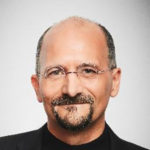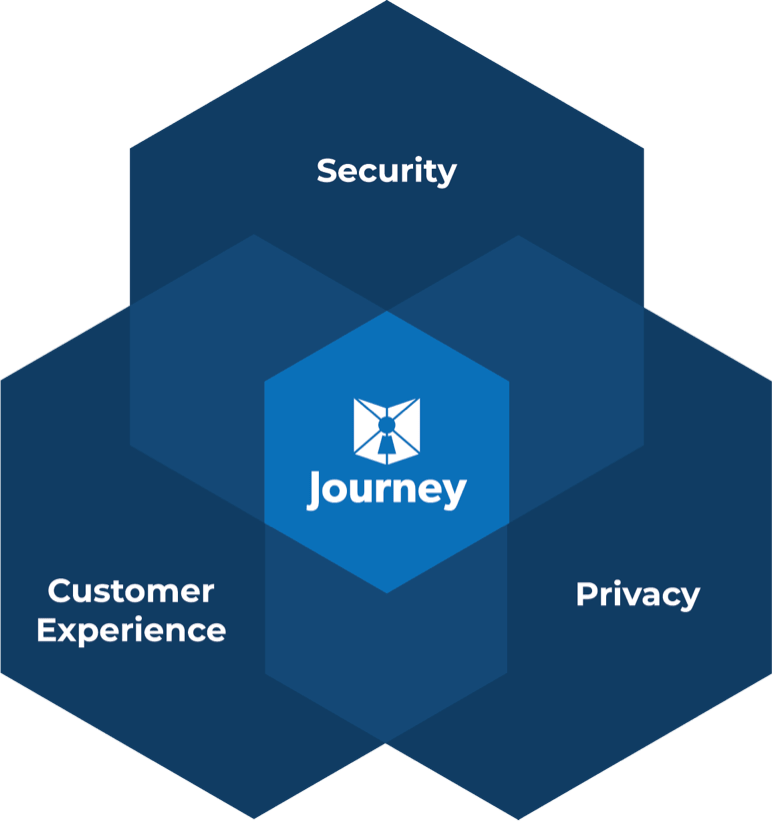People Say I’m a Dreamer, but I’m Not the Only One.
The news stories are all around us.
- Online stalker jailed for nine years, a man who created hundreds of fake social media profiles in order to stalk and harass people online has been jailed.
- California Man Arrested for Cyberstalking Young Women in Sextortion Campaign.
- Cyberstalker sentenced for child exploitation crimes.
- At 13, She Was Abducted and Tortured by an Online Predator. Now, She’s Determined to Keep Other Kids Safe
And sadly many, many more.
While stalking and abduction are not new, the Internet has created an environment that can make this problem exponentially worse. After all, on the internet, nobody knows you’re a dog, or a stalker, or even pond scum for that matter.
As early as 1921, broadcasting companies created and began adhering to a set of rules designed to keep the airwaves clean. By the late 1930s, the networks had established so-called continuity acceptance procedures to assure that their advertising policies and federal law were adhered to. More than 67% of all television stations subscribed to the NAB (National Association of Broadcasters) Code adopted in 1950 (a similar radio code had been in operation since 1935). It seems the greatest generation recognized that with a large voice came large responsibilities.
If we fast forward to the Internet, where anyone and everyone can have a large voice, no such standards or code of ethics seems to exist. Not only can anyone say whatever they want to whomever they want but there isn’t even a requirement that they act like grown-ups and identify who they are. (Note above “a man who created hundreds of fake social media profiles in order to stalk and harass people”). Social media companies give lip service to protection, they are happy to enable anyone and anything if their bottom line is served and they can stay legally insulated. They speak platitudes like free speech absolutism without taking responsibility for the fall out. The real bottom line is that the most vulnerable in our society, our children, are at grave risk.
Open lines of communication to our children take many forms; email, SMS, chat, social media platforms, and even voice calls are all wide open to dogs and pond scum alike. These are all enabled by an Internet that connects everyone to everyone by every media imaginable without requiring any identity veracity. Power without responsibility never ends well.
Of course, opportunity always attracts innovation and the tech world has responded. It has responded by putting the onus on parents to add more tech to protect their kids from the existing tech. Rather than finding a root cause fix to the problem, more and more layers of tech are piled on top of layers of tech. Parents must become tech savvy to understand what they can do to protect their children. Home router vendors add “child protection”, cloud services add “child protection”, some social media companies add “child protection”. It is at best a house of cards, at worst, it is a complexity most normal people are ill equipped to handle. And it does not come close to solving the root of the problem. It does not stop anyone from synthesizing an identity of any sex and any age and reaching out across the many available platforms and channels directly to our children.
So where do we go from here? How do we navigate the minefield between individual rights and common sense protection for children?
Perhaps it’s time for the Internet to grow up and start acting with a modicum of responsibility. Perhaps it’s time that dangerous Internet activities started getting treated that way.
We don’t let children buy alcohol, but we do little to stop them from visiting dangerous sites. We rate every movie and broadcast show and limit access in the bricks and mortar world, but we do little or nothing to rate every site and limit access in a similar way. For that matter, we don’t seriously limit access to adult rated shows on the internet either. We have made the creation of synthetic identities way too easy.
Perhaps, it is too much to ask that every site verify identity and age in a high veracity way, but can we ask sites who decline to do that to declare as much and create standards for search engines to treat sites differently based on their safety? Can we bifurcate DNS to act differently to protect our children?
To protect everyone, can we create an environment where un-verified individuals are not allowed to reach folks who want all contact restricted to verified individuals? In other words if we believe anonymity is a fundamental right for a person, can we not also accept the fact that individuals have the right not to be contacted by those anonymous folks, or dogs or pond scum?
Of course, in addition to fundamental changes to the Internet, and some common sense rules, much of this hinges on a common theme, verified identity. With verified identity, we have an opportunity to separate a more civilized and potentially more child safe Internet from the wild west Internet that exists today.
The Internet is a wonderful and amazing place. It has brought together and made accessible more knowledge than ever to a single person’s fingertips. It has opened lines and modes of communication that seemed like science fiction only 30 years ago. But it has also brought death, it has brought disinformation and it has caused real harm to many children. We don’t want to throw out the baby with the bathwater, but that bathwater is stinking pretty badly these days and it is about time we got rid of the bathwater.




